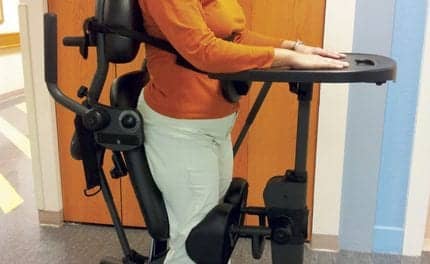Vidatak announces its newest feature for the VidaTalk app, Music Therapy, designed to aurally enrich the patient experience.
Composed and performed by Paul Masvidal, a renowned musician with decades of experience as a music therapist for terminally ill patients, the music will be accessible through the innovative VidaTalk application, which helps non-verbal and non-English speaking patients effectively communicate with caregivers on any device.
“Music therapy helps create an essential and much-needed restorative experience for patients,” Vidatak Founder and CEO Dr. Lance Patak states. A Lancet systematic review of thousands of abstracts and published titles concluded that music therapy reduces postoperative pain, anxiety, analgesia use, and increases patient satisfaction.* “Music is a noninvasive, safe and inexpensive intervention that should be available to all patients undergoing operative procedures,” the Lancet authors add.
The musician behind these healing melodies is Paul Masvidal, known for his work with progressive rock pioneers Cynic, as well as extensive film and TV score work. Notably, Masvidal has been working with the terminally ill as a music therapist and hospice volunteer since the mid-1990s.
“These aren’t songs in a traditional sense,” Masvidal explains, “more like curated auditory spaces designed to provide a sense of comfort and ease for patients in need.”
Joining Masvidal in creating the VidaTalk soundscape is triple Grammy-winning Warren Riker, Audio Director for Sona. Riker brings extensive experience and expertise in sound engineering to help translate Masvidal’s spiritual and holistic compositions into a warm aural soundscape to relax and soothe patients.
The VidaTalk app is designed for simple enterprise rollouts at healthcare facilities, ensuring that every patient who needs it has instant access to the technology.
[Source(s): Vidatak, Newswire]
*Hole J, Hirsch M, Ball E, Meads C. Music as an aid for postoperative recovery in adults: a systematic review and meta-analysis. Lancet. 2015 Oct 24;386(10004):1659-71.




